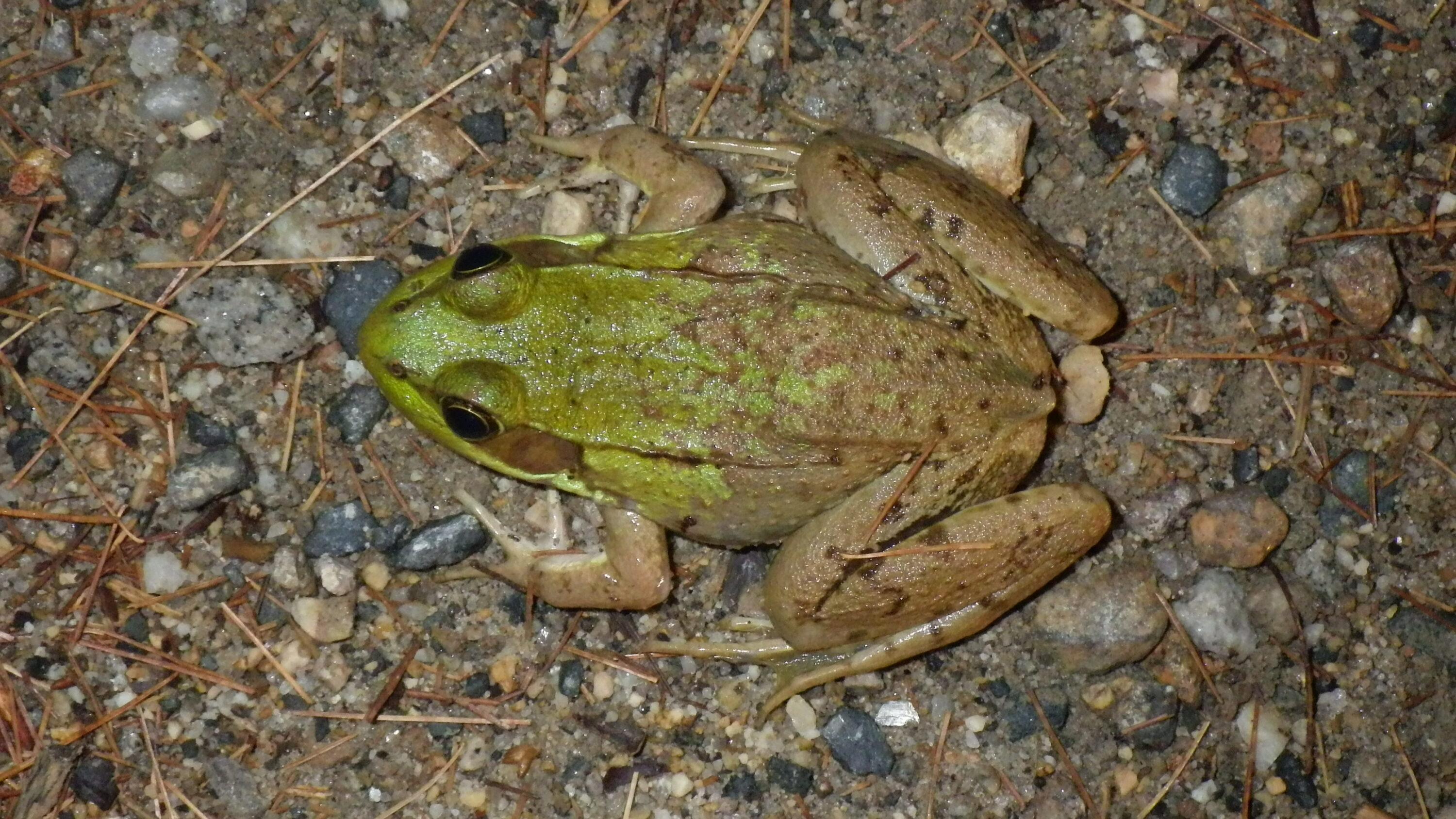FrogWatch Training Takes Place Feb. 19
By Norman Dudziak, P.E., I.M.
FrogWatch is an opportunity to take part in scientific projects for your own enrichment while contributing to science. You can join a growing community of “citizen scientists” who help to expand our body of scientific knowledge by crowdsourcing data collection.
In citizen science, an institution or agency creates a project and its infrastructure, then recruits everyday people to help, vastly increasing the number of individuals collecting data in the environment. “Citizen” in this context is shorthand for “Citizen of the World” and does not relate to legal status.
A similar concept, “community science,” has a bottom-up structure. For example, people may notice a cancer cluster in their neighborhood, go door-to-door collecting people’s stories, then approach scientists for help in proving and solving the problem. While this is important work, it differs from the citizen science activities described in this column.
Register Now for FrogWatch Training
 Frogs and toads face multiple threats worldwide, including diseases, habitat loss, and climate change. Over 2,000 amphibian species are threatened with extinction, while many others are also suffering declines in their numbers.
Frogs and toads face multiple threats worldwide, including diseases, habitat loss, and climate change. Over 2,000 amphibian species are threatened with extinction, while many others are also suffering declines in their numbers.
FrogWatch USA, founded in 1998, is a citizen science program that has provided people with opportunities to learn about wetlands in their communities and help conserve amphibians by reporting data on the calls of local frogs and toads. Its national network of skilled coordinators and volunteers provide large scale, long-term data to help answer questions like:
- How diverse is the local population of frogs and toads?
- Where are there rare or invasive species?
- Are there long-term shifts in species diversity, range, and seasonal timing?
Volunteers are trained to collect information about the calls of frogs and toads during the monitoring season, March through August. You choose your own monitoring sites based on your local knowledge, then listen at the sites for three minutes at night and assign a simple measure of abundance to each species that you hear. The nights you choose to make observations are up to you.
To become a certified Frog Watcher and gain access to data entry, you first undergo a two-hour training, then pass an audio identification test. Roger Williams Park Zoo (RWPZ) will be conducting in-person training on Sunday, Feb. 19, from 10:30 am to 1 pm. A self-paced virtual learning option will be available online Feb. 19 through March 31 to registered households only.
To learn more and register for training, go to the RWPZ FrogWatch web site at:
https://www.rwpzoo.org/programs/frogwatch/. RWPZ staff are very helpful and respond quickly to emails requesting assistance.
Every species you are likely to hear has a distinctly different call. Identification is done entirely by sound. I have only ever heard seven common species, and you will only need to learn the calls of a few more than that, in the event you have the good fortune of discovering a population of a rare species.
Your frog-listening activity is not limited to Rhode Island. Any place you go regularly in New England will be covered by this training. Data submitted by the RWPZ group currently also includes Massachusetts, New Hampshire, and Maine sites.
If you have questions or would like to learn more about citizen science, please email Barrington Land Conservation Trust Executive Director Cindy Elder at cindyelder@blct.org.
About the author: Norman Dudziak is a retired environmental engineer and the Science Liaison for the Barrington Land Conservation Trust. Mr. Dudziak has been a member of the Land Trust’s Stewardship Committee for many years and has served on the Land Trust’s Board. In his current role, he communicates directly with scientists who wish to use Land Trust properties for studies or for educational purposes and he encourages people to take part in citizen science. Mr. Dudziak completed FrogWatch training at RWPZ in 2013 and has participated every year since then. All views expressed in his columns are his own and are not intended to represent the Land Trust.
